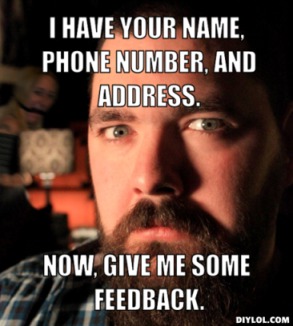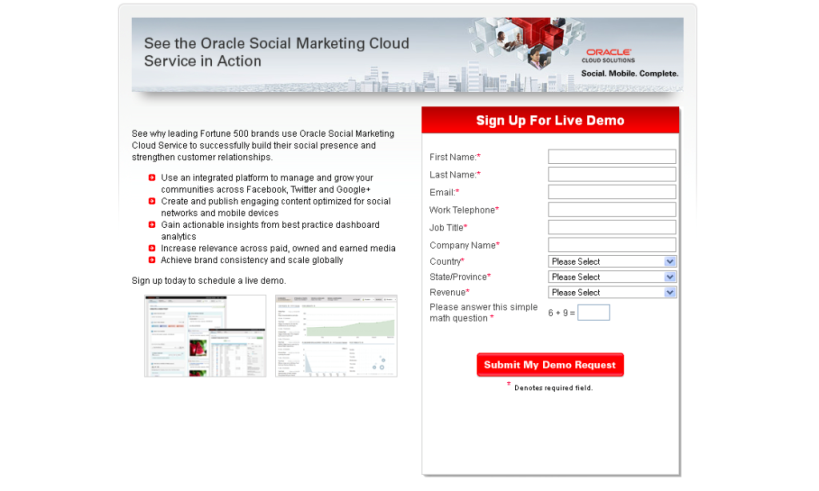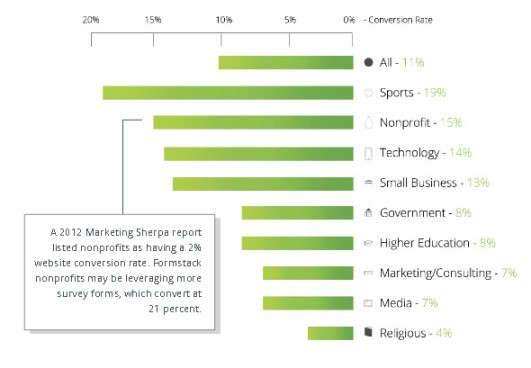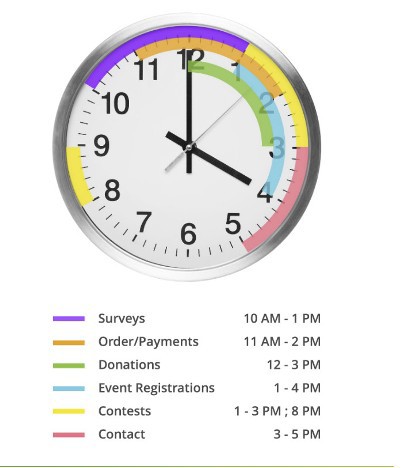How to create an effective form of gathering contacts: everything you wanted to know, but were afraid to ask
 Welcome to the Witget.com blog. We continue the series of articles useful to site owners. Subscription forms or contact collection forms are peculiar links between the site owner and his potential clients. And they work both on those site visitors who are seriously going to buy something, and on those who came in, looked, and already wanted to leave. Correctly executed subscription forms may interest even a skeptical user. But what are these effective forms of gathering contacts? And how to determine the level of those that you use on your site? First of all, it is worth asking the visitors themselves. In this regard, we publish an article by Sheris Jacob , based on a large-scale study of contact collection forms, during which more than 400,000 site visitors were polled. How to raise the site conversion using different types of forms to fill out?
Welcome to the Witget.com blog. We continue the series of articles useful to site owners. Subscription forms or contact collection forms are peculiar links between the site owner and his potential clients. And they work both on those site visitors who are seriously going to buy something, and on those who came in, looked, and already wanted to leave. Correctly executed subscription forms may interest even a skeptical user. But what are these effective forms of gathering contacts? And how to determine the level of those that you use on your site? First of all, it is worth asking the visitors themselves. In this regard, we publish an article by Sheris Jacob , based on a large-scale study of contact collection forms, during which more than 400,000 site visitors were polled. How to raise the site conversion using different types of forms to fill out?There was so much talk about how the correct form of gathering contacts can cause conversion rates to skyrocket.
“There must be X fields in the form, but don’t even think to ask for a phone number” - guys, this is not a secret of a successful pickup truck.
“Oh, and do not forget that on the call-to-action button in no case should be written“ Submit an application ” - thank you, cap, this is very useful advice.
Although such recommendations are given solely with good intentions, they nevertheless do not address many important issues, for example:
- Does the conversion rate depend on the scope of activity?
- Does the form of collecting contacts submit to any logic? (Let's say if a user performs an X action, show them the Y field)
- Does the contact collection form have a rush hour by the number of applications sent?
- What should be the text on the call-to-action button?
')
As it turned out, these burning questions concern many people. FormStack has published a Report on the conversion of contact collection forms for 2014 , full of beautiful ratings and interesting findings, which presents the results of a survey of more than 400 thousand users.
What is the result of the report?
In this article we will go through all the main points of the report, some of them may not seem very surprising, but others can completely change your idea of the effective design of the contact collection form and how to make it effective.
Let's look at the problem from all angles, starting with a familiar question:
Is the number of fields really important in the contact collection form?
The study answers this question like this: Yes, but not at all in the sense in which you think ...
All conversion optimization tips state that the fewer fields in the contact collection form, the higher the conversion rate, and this, for your information, is true. But do you see what the matter is: the type of contact collection form is as important as the number of fields on it.
According to the FormStack study, only 6% of users fill in 19 (!) Fields (such are the average figures for this type of form) on the order page. However, people who submit applications for participation in the competition will do anything for this - the conversion rate for this form of contact collection is 28%, this is the proportion of users who fill out forms of 10 fields (the average number for the application form for participation in the competition). Surveys can also boast a high score: with an average number of fields in the form of 21, the conversion is 21%!

Conversion optimization specialists need to carefully weigh whether the amount of information you want to request from a potential client is the amount of information it receives from you. For example, I want to try a demo version of an Oracle product. Just take a look at the form I need to fill out for this.

This is just a demo version! Why do you need to know how much money I make? Okay, forget what I asked.
Does conversion rate depend on business scope?
These studies state: yes, but some facts contradict each other.
I am often asked the question: “What kind of conversion can be considered good?”, And, as you can see from the diagram below, the answer to this question depends on which industry your business belongs to.

But even from this rating one can see that some data conflicts with each other. They referred to the MarketingSherpa report, which shows a significantly lower conversion rate - only 2% - for non-profit organizations, while FormStack customers (a service that specializes in creating contact collection forms) turned out to be more impressive - their conversion rate is 21 % You may not agree with this, but the final result will depend not so much on the company that conducts the survey, but on the sample of respondents.
Does the contact picking form have a rush hour?
We all heard that there are “peak hours” for sending e-mail and for reposting in social networks ... but how about filling out a subscription form or collecting contacts? Is there any period of peak load on it?
Research data states: Yes, and this period depends on what exactly the application is submitted for.
As it turned out, people fill out questionnaires in the late morning, and “leave your contact for something” type forms in the evening. During and after lunch - the best time to raise funds and register for events, and applications for participation in competitions submit most of all in the middle of the day, when there is a decline in working activity, and after dinner.

Who would have thought?
Logic of contact collection forms = Correct thinking
The so-called “smart contact collection forms” determine the fields to be shown to him and when. For example, if you were looking for a four-door sedan, your offer would not include the two-door version, and vice versa. Smart forms show only the fields that match the user's request, and it turns out they are gaining momentum in many market segments:

And now the thesis from the series “results that didn’t surprise anyone”: smart forms increase conversion rates and the number of attracted customers, because they target the user's request, and therefore ask only relevant questions for him that he agrees to answer without any problems.
Call to Action Button: Popularity vs. Increase conversion
People do not necessarily click on what they like - at least, that is the result of the research. In the words “Application Form”, of course, there is a lot of love and affection, as well as in the words “Submit application” and “Subscribe”. But is it really all that you want to say to potential customers?
The results of the study states: No, a clear wording on the button in the form of collecting contacts leads to an increase in conversion by half!
In the left column - the most popular call-to-action buttons on the contact collection forms, and on the right - the most conversion.

When you add the word "... now!" To the good old "Register" - you get an increase in conversion by one and a half times, judging by the research data.
Always accurately formulate the action that a visitor of your site should perform, and even better, click a couple of lines above the call to action button about what happens when a visitor clicks a button, for example: “When you send this application, you will be transferred to the page where payment will be made. Before finalizing your order, you will still have the opportunity to double-check all the data. ” This will help you to avoid any inconsistencies in the expectations of the person filling out the form, what will happen after sending the data.
What's next?
The FormStack report includes a lot of other information that is not included in this material, including the most appropriate time to attract customers in social networks, and even effective registration confirmation emails. It is worth reading for web designers, developers, marketers who are trying to squeeze the maximum conversion rate from their contact collection forms.
Source: https://habr.com/ru/post/237215/
All Articles